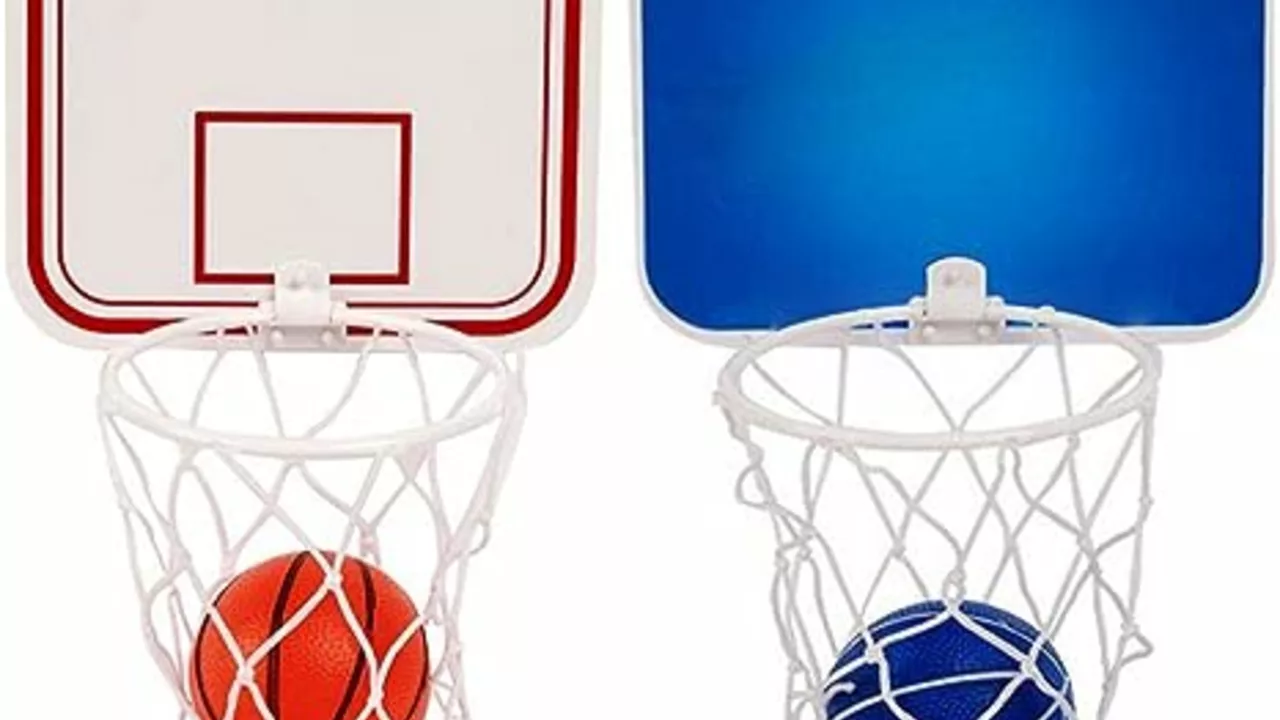
Finding Your Suitable Materials
You might be wondering how your hallway indoor game can transition to an outdoor baskfest in your backyard. Is it a big leap to take? Well, no worries. We’ll get our hands dirty and create a homemade basketball hoop and backboard. Let's start gathering materials, shall we? Now, you can assemble all sorts of bits and bobs. Pipes and duct tape, it’s just like a big puzzle to solve. But remember, my dear basketball enthusiasts, quality is paramount even in DIY projects. Essentially, what you will need include a base (an old tire, a concrete block or even a tree stump can do the trick), a pole, a backboard (plywood would be great), a hoop, and a net.
Back when I was a kid, using a chicken wire for the net was a thing. However, nowadays, you can easily purchase a net online or in nearby sports stores. It's hardly a bank breaker, to be honest. My German shepherd Max also has a proclivity toward chewing things and chicken wire was one of his favorites. And trust me, a chewed-up net does not make a great aesthetic.
The Base and Pole Assembly
Now that we have our materials ready, let’s dive deeper into the details of our little DIY project. We're going to start with the base and the pole. One important tip that I always share when crafting something is that the foundation should be rock solid. In this case, we're going to make the base as sturdy as possible. Because, remember, Michael Jordan won't be able to slam dunk if his hoops keep toppling over.
For the base, let's say you decided to go for a tree stump. It's free, eco-friendly, and sturdy. To attach the pole, you can dig a hole and cement it in place. Make sure that once the cement is in, let it dry thoroughly. It takes patience, but it's worth it. A personal anecdote? Well, let's just say my eager son, Warren, once tried to dunk before the cement dried. That gives you another reason to ensure that it's completely set!
Making the Hoop
Next up in our basketball making process is the hoop. There was a time when a clothes hanger rim was enough. But let’s step it up a bit. You can use steel rods or even an old bicycle tire rim. If you opt for steel rods, cut them to a length with a circumference of about 30 inches. Then, weld the ends together and voila! you've got yourselves a hoop. If you're using a bike rim, well, it's a little bit simpler. You just remove the spokes and you're good to go.
As mentioned earlier, a net can be purchased readily. However, if you'd like to stay true to the DIY spirit, you can use an old rope and create your own net. It's an added personal touch. My daughter Juniper and I spent one sunny afternoon creating a net from old clothesline, It's not only functional, but a great bonding activity as well.
Creating the Backboard
It's important not to forget about backboard as it’s not just another pizzazz feature. It's a practical element, allowing you to bounce the ball into the hoop. I remember when I was younger, we'd use practically anything flat that we could find. However, for sustainability and durability, it's recommended to use plywood or plexiglass.
Painting the backboard is optional but can be fun! You can let your creative juices flow here. My parrot Kiwi once walked over our newly painted backboard leaving tiny footprints. They were so cute that we decided to leave them there, adding a unique touch to our hoop!
Assembly and Installation
Once we have all our pieces, it's time to assemble our masterpiece. Follow these steps: bolt the hoop to the backboard, attach the backboard to the pole, and finally, secure the pole to the base. A general rule is to check every joint and connection twice: measure twice, cut once as they say in carpentry.
Also, the typical height from the ground to the rim is 10 feet, but it's your homemade hoop, so you can customize as per your preference or height. It's all about having fun after all.
Maintenance and Safety
Last but by no means least, maintenance and safety. A lot of DIY activities are fun but often forget the maintenance and safety aspects. Yes, you heard it right; your new basketball hoop and backboard will need maintenance. Regular checks of joints, stability, and the net will ensure longevity.
And safety? Well, let’s just say that Warren's dunking incident was a valuable learning experience. Always ensure that cement is dry and base is stable before inviting friends over for a dunking battle. A fun and safe game is always best, right?
In a nutshell, constructing a homemade hoop and backboard doesn't have to be a daunting task. It's fun, creative and can bring out the handy person in you. So, get those materials and tools ready, and dunk away!